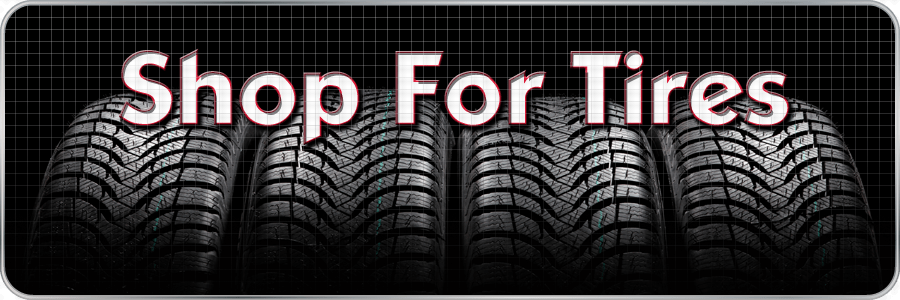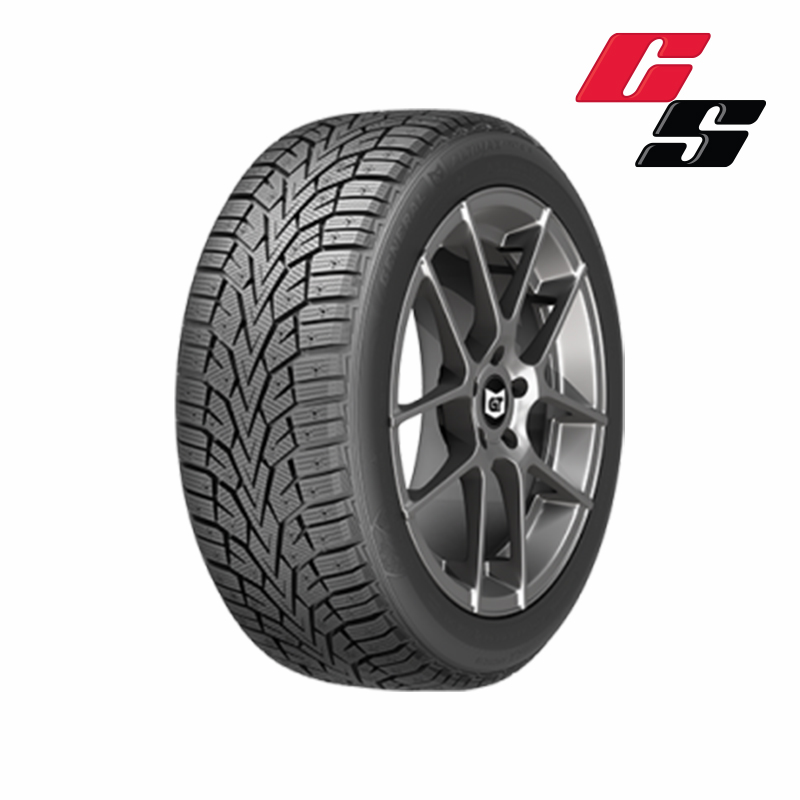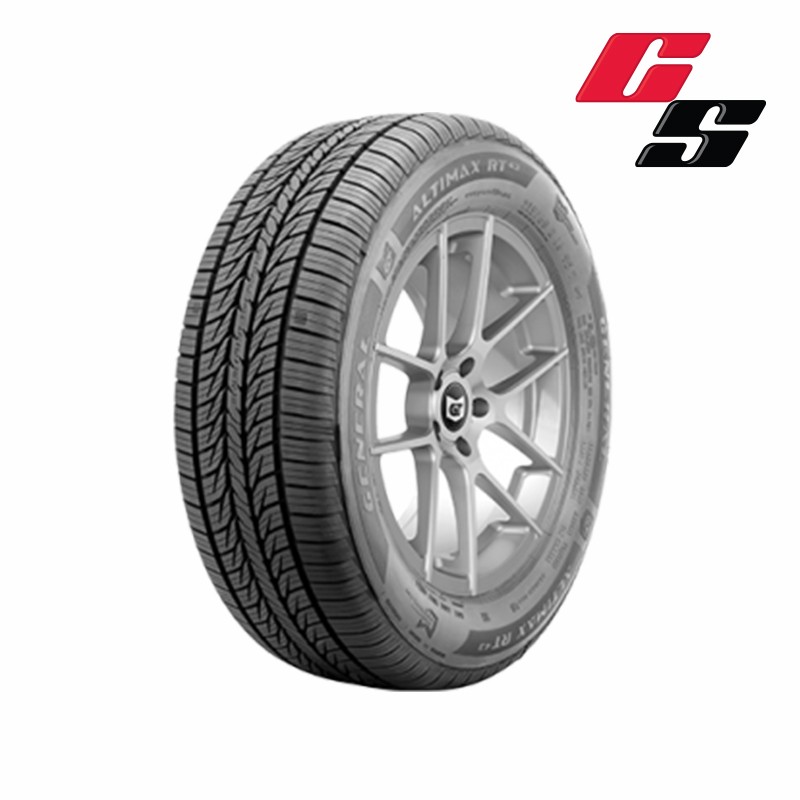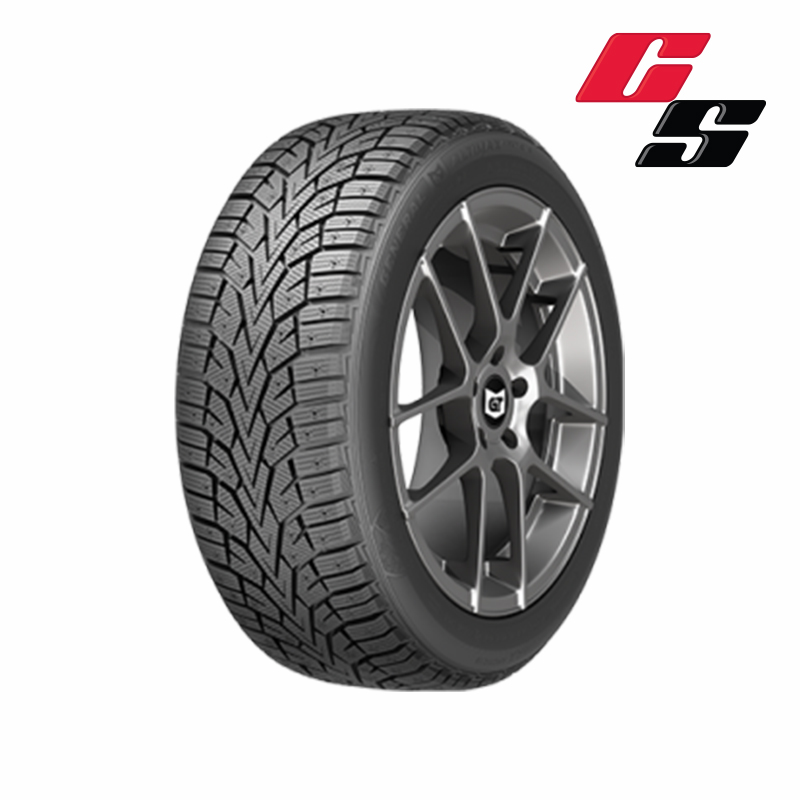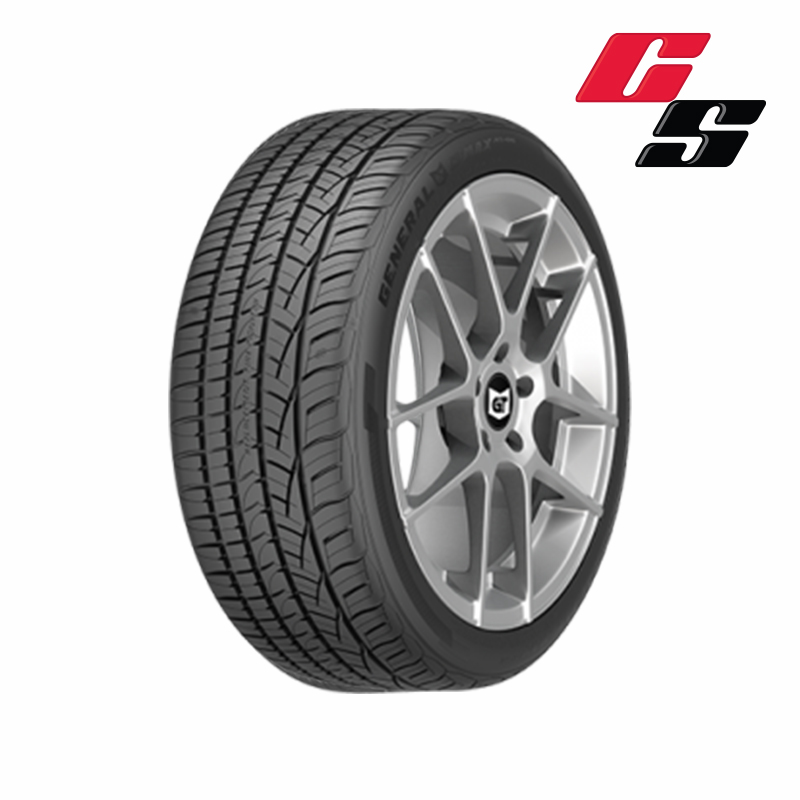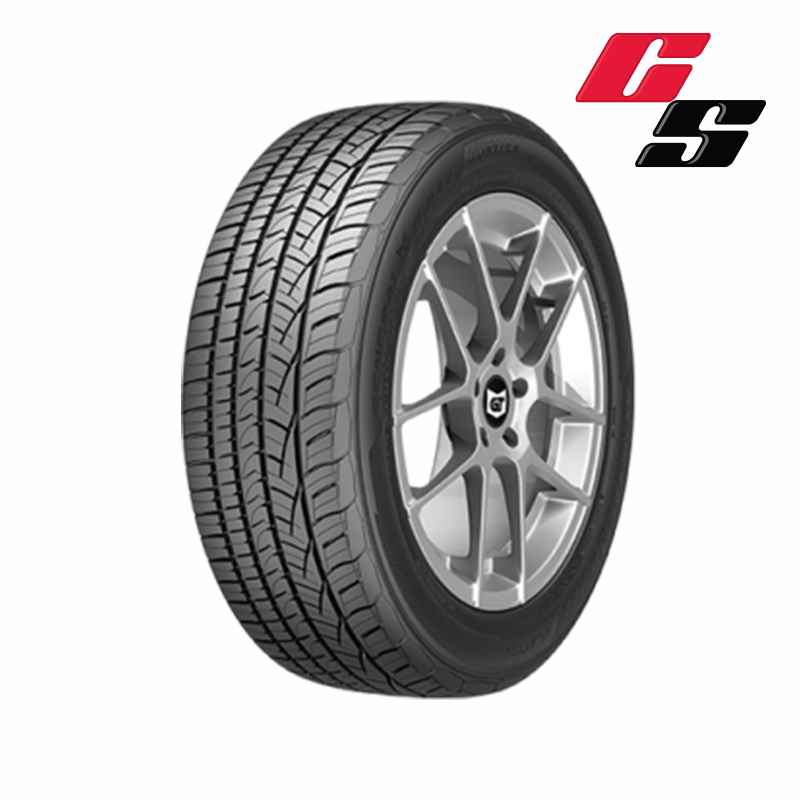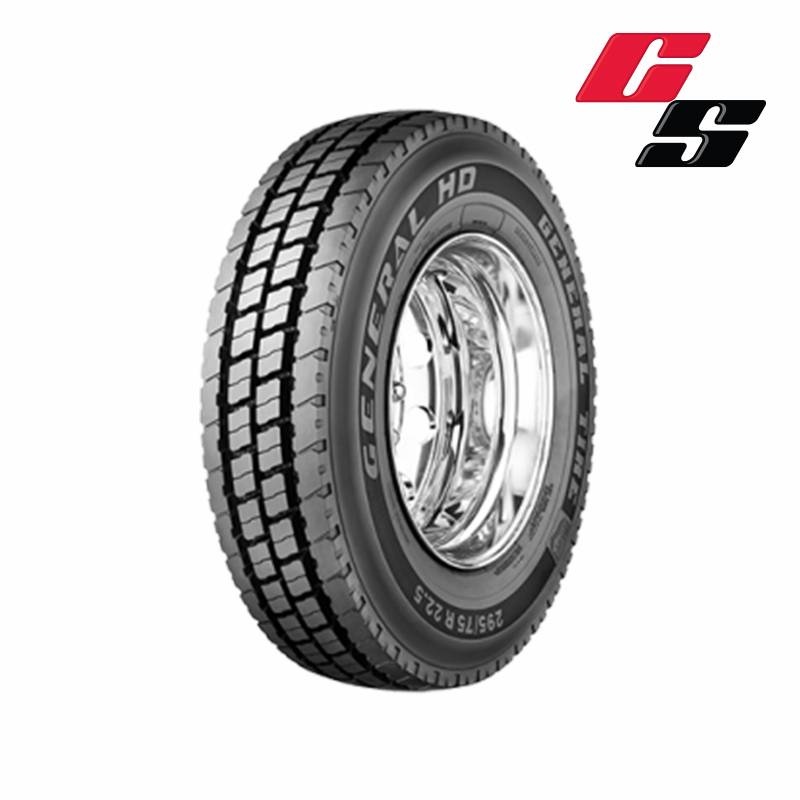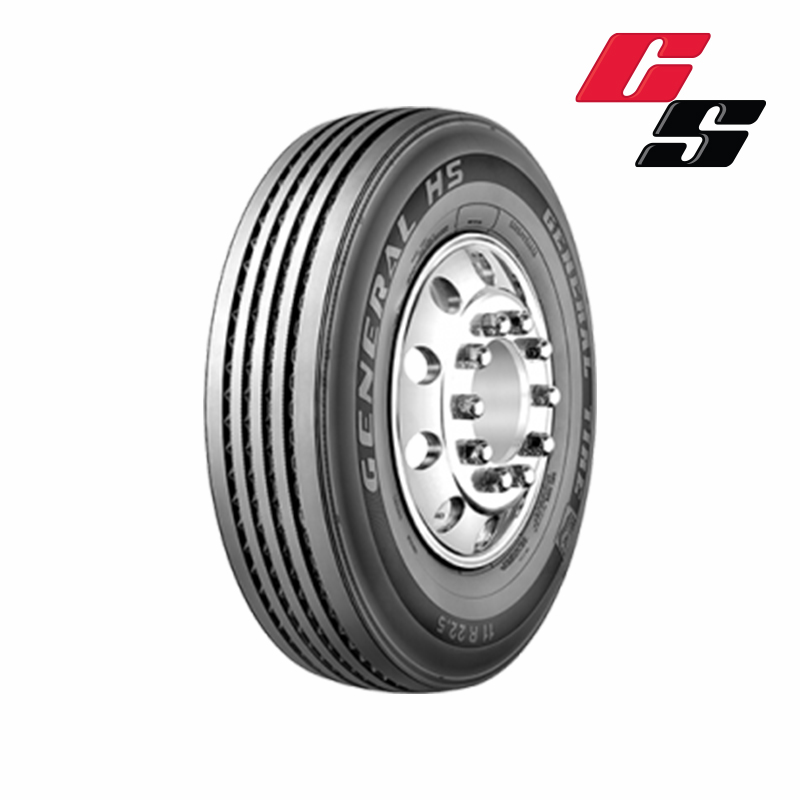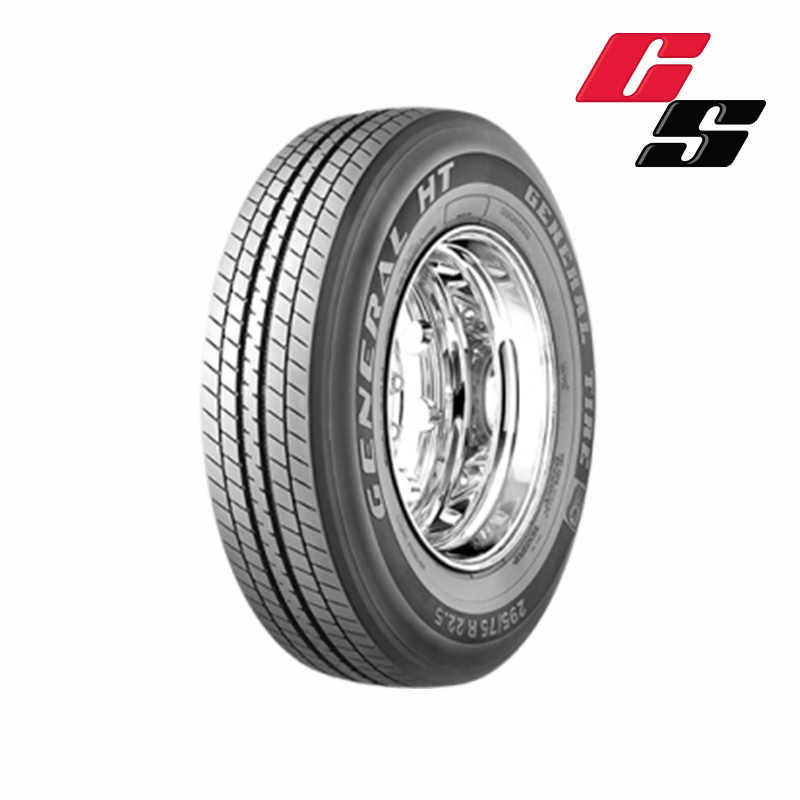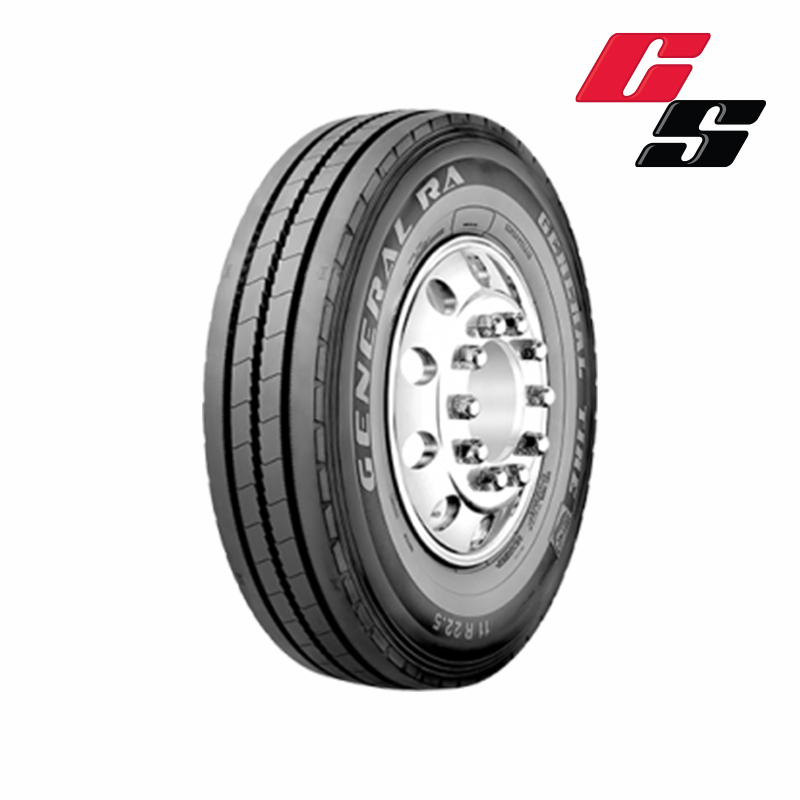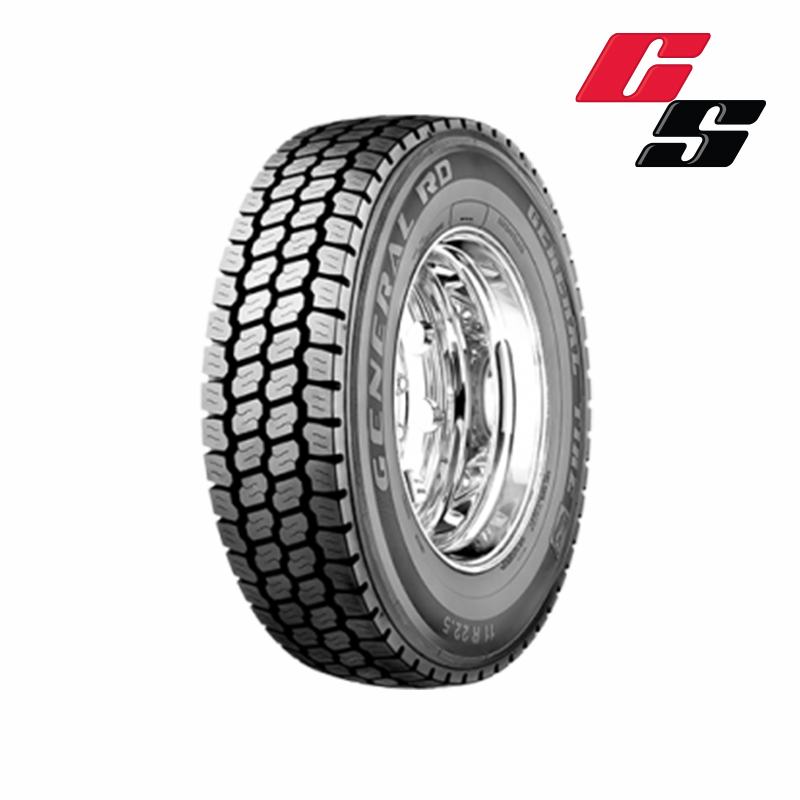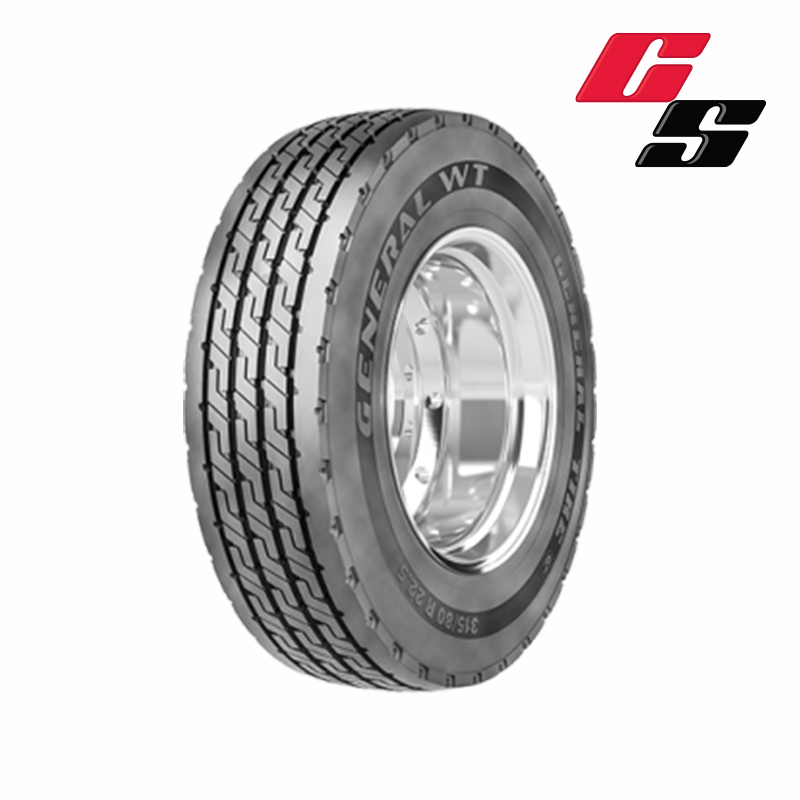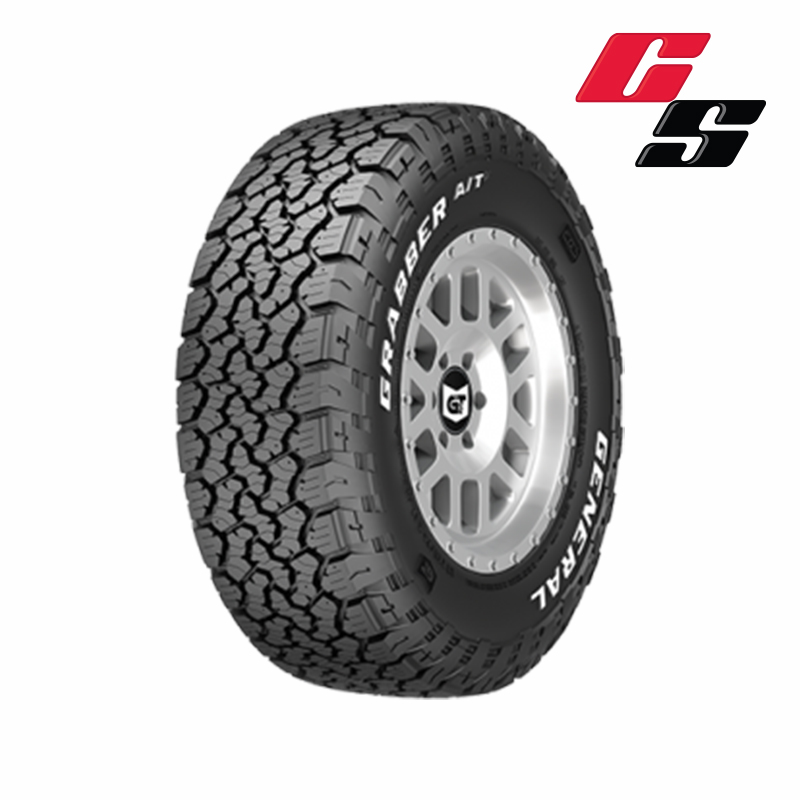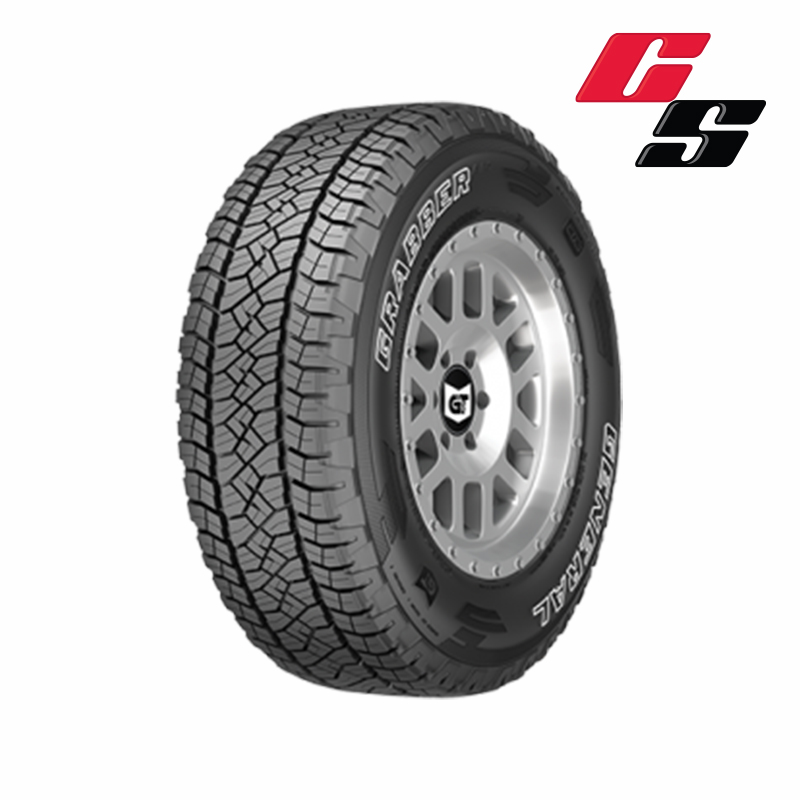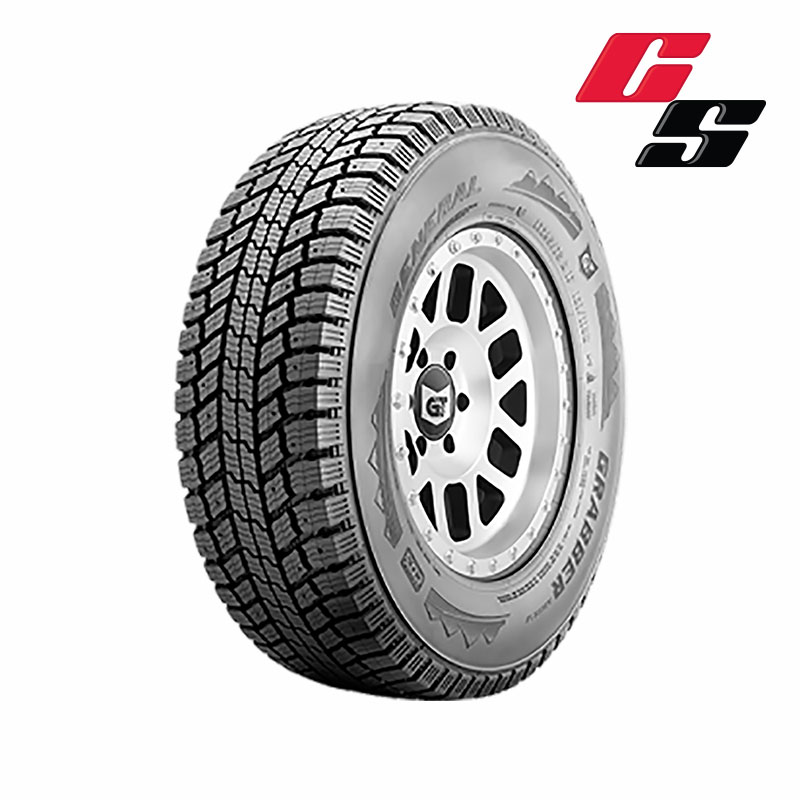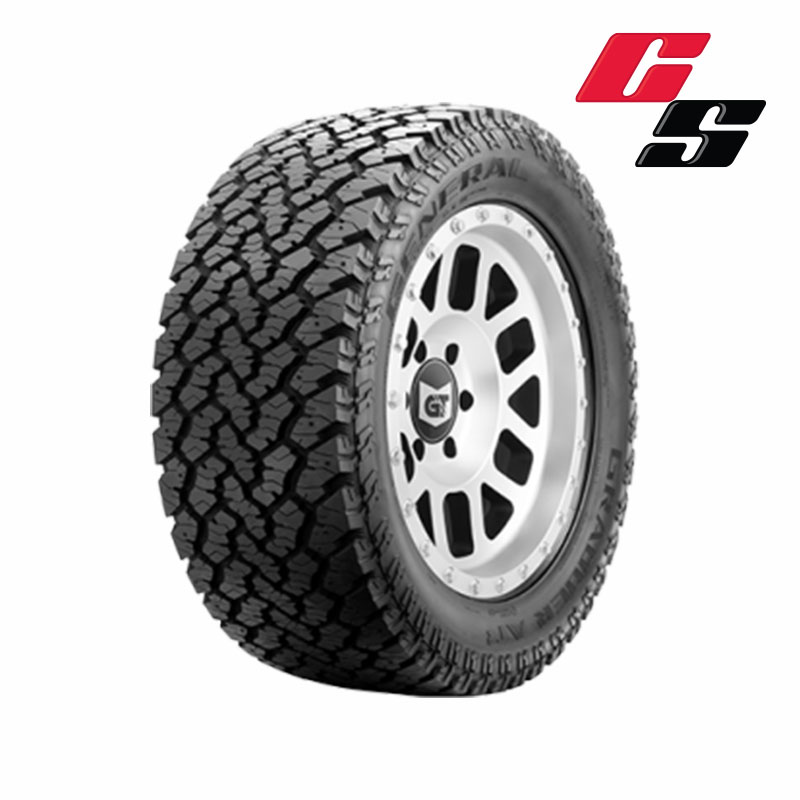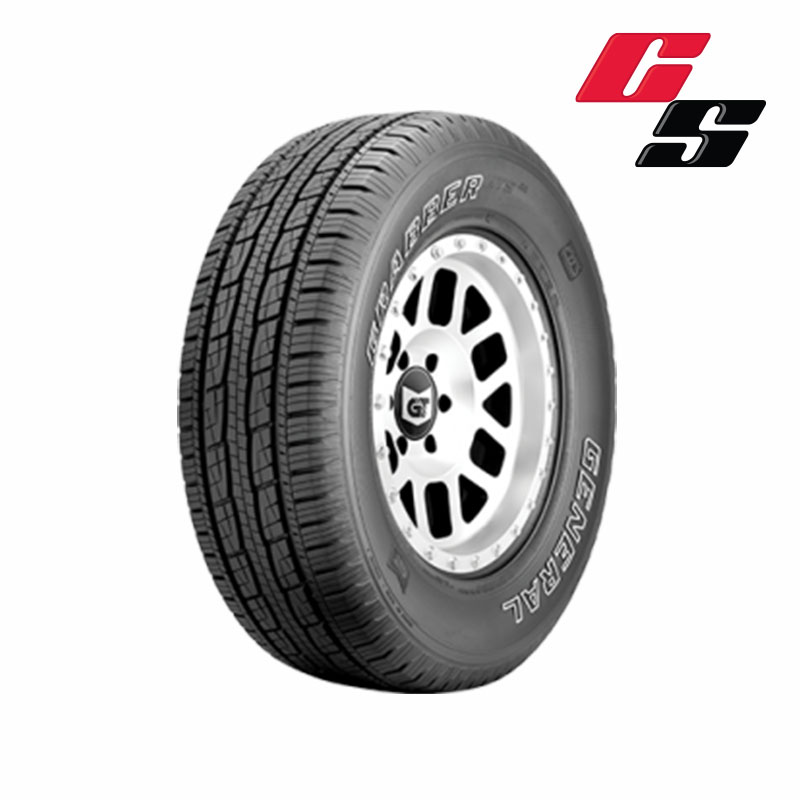General Tires
Authorized General Tire Dealer Calgary, Alberta
Your life requires a tire that offers strength, comfort, and quality. That’s what General Tire is offering exactly. General Tire has been offering a full value range of ultra-high performance, passenger, light truck, off-road and commercial tires for over 100 years to meet every driver’s needs.
From the latest all-season-MAX AS-05 ultra-high performance to the quiet and easy Altimax RT43 run, to the new Grabber X3’s extreme terrain quality, General has a tire to help you get where you need to go. So let your next adventure be led by General Tire. Because it’s important to do anything with General Tire!
Types of General Tires
-
Passenger Car Tires
-
Performance Tires
-
SUV/Crossover Tires
-
Minivan Tires
-
Light Truck Tires
-
Summer Tires
-
Winter Tires
-
Commercial Tires
We provide a Car Salon – Tirecraft Price Match Guarantee on any advertised tire price in Calgary.
Performance
Passenger
Light Truck/SUV
Winter
Commercial
Calgary General Tire Shop
The General Tire brand was born on September 29, 1915, when two Akron, Ohio businessmen, William F. O’Neil and Winfred E. Fouse, founded the General Tire and Rubber Company. With more than 300 companies making tires at the time, O’Neil and Fouse decided to first produce a premium replacement tire, along with a line of pneumatic truck tires. During the next decades, General Tire revolutionized tire manufacturing with the invention of the low-pressure General Balloon Jumbos followed by further inventions like carbon black latex, oil-extended rubber, and Gen-tech adhesive for tire cord.
General Tire became known as a technology leader and premium tire maker in the industry and was on the Original Equipment list of all major truck makers. As the company diversified, General Tire became a multi-business corporation investing in industries such as tennis ball manufacturing, aero jet engineering, radio/TV, plastics, and chemicals.
General Tire grew rapidly with the increasing auto industry. Along with a critical tire shortage during World War II and the company’s entry into the original equipment passenger car tire market in 1955, tire production expanded to multiple tire plants in North America.
In 1987, Continental AG – a leading tire manufacturer based in Hannover, Germany – purchased the tire division General Tire, Inc., later reformed as Continental Tire The Americas, Inc. and with this acquisition became the fourth largest tire manufacturer in the world.
In today’s market the General Tire products are best known for providing tough, durable, and high-value tires on passenger cars, pickup trucks, and commercial vehicles.
Proper Tire Inflation
The tire inflation pressure for your vehicle is very important in providing you with safe driving and a fuel-efficient vehicle. The key to correct tire pressure is to know the correct pressure for your vehiclgeneral2e. The best place to find this inflation pressure is on the vehicle placard. In most vehicles, the owner’s manual will direct you to the vehicle information placard’s location. Please keep in mind that the air pressure in your tires is affected by temperature, road conditions, and driving speed. Tires are permeable and can lose up to 2 psi per month. More air is lost in hot weather as the pores in the tire material expand. To maintain proper inflation levels, measure the air pressure in your vehicle’s tires at least once a month.
Tread Wear
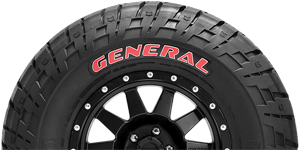
Proper tire inflation and the type of road surface that you drive on most will affect
the tire’s life.
Proper tire pressure is critical for safe driving and fuel efficiency, but many passenger and light truck vehicles operate with under or over-inflated tires. Ninety-five percent (95%) of a vehicle’s weight is supported by the tire air pressure, with the tire supporting just 5%, making inflation a critical part of a tire’s ability to perform. Tire inflation also has a strong impact on tread life. Relying on a sight inspection alone is not an accurate way to measure tire pressure. Tires may be significantly under or over-inflated, yet you may not be able to tell just by looking at them. The only accurate way to know if your tires need to be inflated is by measuring their pressure with a reliable tire gauge. Tire gauges are available at most automotive supply and hardware stores.
Driving on rough, unpaved roads can cut your tire’s life in half. Tread life also declines rapidly with increasing speed, wearing about 35 percent faster at 110 km/h than at 80 km/h. Premature tire wear can also be caused by numerous mechanical conditions in your car. Worn or loose steering or suspension parts, misalignment and improper mounting and balancing can all contribute to premature tire wear.
Tire Repair
During its service life, a tire undergoes a variety of different usage conditions and can be damaged in many different ways. This damage can result from punctures, impacts, cuts, etc.. Tire damage can reduce a tire’s structural integrity by, for example:
• Air loss resulting in under-inflated service conditions that lead to internal structural damage.
• Direct damage to tire components such as rubber and plies.
• Exposure of internal materials to the outside environment and resulting degradation.
• Exposure of internal materials to pressurized air (Intra-carcass pressurization).
For these reasons, tires should be regularly inspected by the consumer. An inspection of the tires should also be incorporated during routine vehicle maintenance procedures. If tire damage is suspected or found, it should be carefully assessed by a trained tire specialist immediately.
A consumer should never repair a damaged tire. Only a trained tire specialist who can base his/her assessment on a thorough and comprehensive inspection of the specific tire can determine whether an individual tire is suitable for repair or should be removed from service. This assessment should also take into account the complete service life history of the tire including inflation, load, operating conditions, etc. If the tire specialist decides to repair the tire, then he should strictly follow all appropriate national tire industry repair standards regarding the inspection process and repair procedures. General Tire is not responsible for the specialist’s decisions or the repaired tire. General Tire advises that a repair to one of its tires invalidates the manufacturer’s warranty.
Using Nitrogen in Tires
Nitrogen is an inert (non-flammable) gas – basically, nothing more than dry air with oxygen removed. For example, ambient air contains about 78% nitrogen. Because of nitrogen’s inert properties, it is often used in highly specialized tire service applications and/or demanding environments. These tire service applications usually include aircraft, mining, and commercial/heavy use. Also, nitrogen is used in professional motor racing involving extreme vehicle speeds. We understand that dry nitrogen is used in this regard to help reduce tire pressure variations where even small differences in pressure can affect vehicle handling at the extreme limits of performance.
For normal everyday consumer tire service applications, nitrogen tire inflation is not required. However, nitrogen tire inflation does not harm tires and may marginally contribute to reductions in tire inflation loss by permeation. Nevertheless, nitrogen will not prevent any tire inflation loss caused by punctures, tire/rim interface (bead) leaks, valve leaks, valve/rim interface leaks, wheel leaks, and other mechanical leaks. Again, the use of nitrogen alone does not substitute for the importance of regularly checking tire inflation pressure. If the tire inflation pressure is below the pressure specified on the vehicle placard, the tire must be re-inflated – whether with air or nitrogen – to the proper inflation pressure. Do not operate tires under-inflated and/or overloaded.
Whether inflated with air or nitrogen, regular tire inflation pressure maintenance remains critical and necessary. The use of nitrogen alone is not a replacement for regular tire inflation pressure maintenance.
Breaking In New Tires
Plus-sizing is an option that allows vehicle owners to customize their vehicle by installing lower aspect ratio tires on wider, and larger-diameter rims. The following are important tire related aspects that need to be considered in every plus-sizing application:
1. Load Capacity – must be equal to or
greater than Original Equipment tire fitment.general3
2. Inflation Pressure – never use a tire inflation pressure lower than the Original Equipment manufacturer’s recommendations. Maintain pressure relationship between the front and rear axle tires. See below for more detailed information, for example if replacing Standard Load tires with Extra Load (Reinforced) tires.
3. Speed Rating – must be equal to or greater than Original Equipment tire fitment.
4. Rolling Circumference – the Original Equipment rolling circumference should be maintained as closely as possible.
5. Tire and Rim combination – only use industry-approved tire size and rim width combinations.
6. Body and Chassis Clearance – ensure sufficient Body and Chassis clearance under all service conditions.
Plus-Sizing Tires
New tires have to be driven a few hundred kilometres on dry roads to rid the tread of parting agents and antioxidants applied during production. Not until the tread has been slightly roughened will the tire be able to make its true gripping power felt.
What’s more, flooring it and slamming the brakes can cause tire/rim slip in the first few hundred kilometers of tire use. That’s because the lubricant used in mounting the tires has an initial tendency to reduce the adherence of these two parts.
You are thus well advised to exercise care with new tires. And keep in mind that winter tires fresh out of the factory will need a bit of time to attain full winter suitability.
